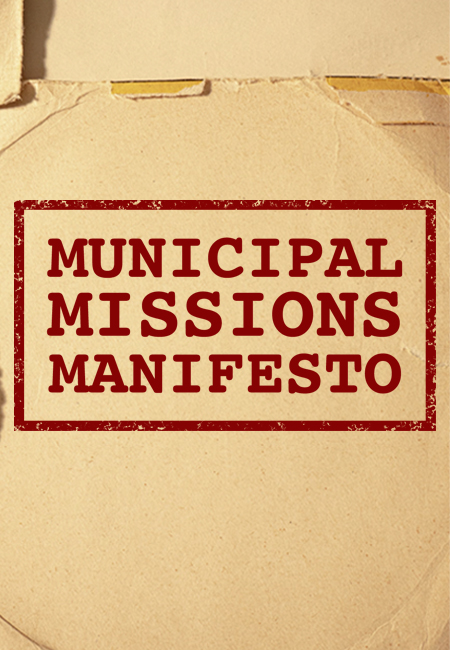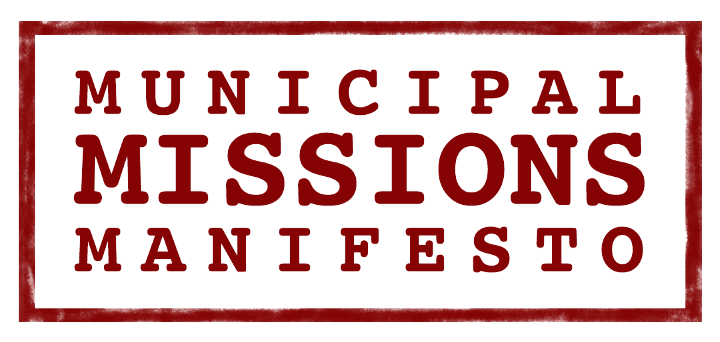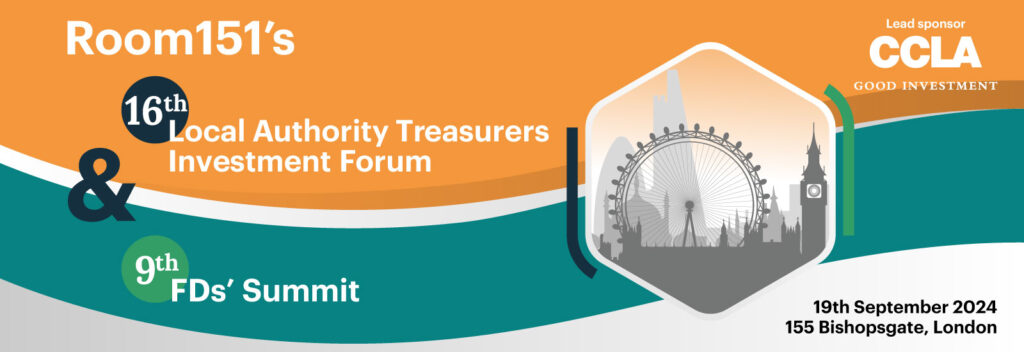This instalment of our new Municipal Missions Manifesto series, which explores what a reset of local government should look like under the next administration, features Chris Buss.
The former director of housing and section 151 officer details what a review of funding should look like, and what other actions will be necessary to untangle the mess of local government’s current financial situation.
“Turn him to any cause of policy, the Gordian Knot of it he will unloose” – Henry V, Act 1, Scene 1.
The recent announcement by the local government minister that both front benches recognised the need for change in the local government formula for distributing support to local authorities is welcome and long overdue. But is looking at the formula alone being bold enough, or is more required?
In order to review where we are it is often instructive to look back to see how we got here. The existing arrangements fundamentally date back to the setting up of council tax in the early 1990s, which was a result in itself of the abolition of domestic rates, followed by the short-lived community charge experiment. In the same period the nationalisation of business rates and the setting up of the ring fence around council housing created a new landscape around local government finance.
This landscape has been amended periodically since then but not strategically reviewed. The first period of change was in the mid-2000s with a further ring fence put in place around schools in the form of the DSG, the creation of a range of area-based grants, the last full reset of the funding formula, the Lyons review and even an attempt at council tax revaluation.
The second change period was in the early 2010s, with the area-based grants being largely removed or absorbed into base funding, the partial localisation of business rates, the creation of growth incentives in terms of new housing or businesses, localisation council tax support, public health and some welfare support and tweaks to the funding formula including freeze grants and referendum limits being introduced on council tax increases.

Since then, changes have been largely left to the ability to increase council tax to pay for adult social care costs combined with additional funding for social care. I would add that the above list is just a snapshot of some of the funding changes.
The key complaint about the current system is that it doesn’t reflect the need to spend arising from demographic changes over time, whether they be age related in terms of young people or the elderly, or changes related to relative wealth or income or other socio-economic factors. All of these will need to be looked at in any review of funding, but will this alone be enough to put local authority funding on a sustainable footing so that councils are able to provide statutory and discretionary services with a degree of certainty of funding going forward?
I would suggest not as there are a number of areas that any review should look into that have for too long been put off or filed in the ‘too difficult to do’ folder.
The first and perhaps the most difficult is a review of the arrangements for funding long term care both for adults and also children including those with SEND. The issue with adults has been kicked around since the Dilnot review, which reported as long ago as 2011 and concluded even then that the “adult social care system was not fit for purpose […] and that the system was confusing, unfair and unsustainable”.
I believe the key to resolving this is to be honest that this will potentially cost more to individuals and also to arrive at an arrangement where what is funded through the NHS is clearer and transparent to the individual. The present arrangement is a lottery with wide variations on what is being funded by the NHS or councils depending too much on local interpretation of rules.
The absence of clarity helps no one, whether the public, social workers or the NHS, and makes it a worrying and potentially stressful time for those who appear to be at the whim of a system that at best can be described as Byzantine. As social care in non-district councils is always the largest area of spend, this needs resolving as part of any settlement even if other parts of the previously too difficult to deal with issues are left undone.
The issue of children’s services expenditure, particularly relating to SEND, is a more recent phenomena but has not been reflected in any significant changes to funding. The growth in SEND costs initially arose from the reforms from 2014 which, amongst other reforms, gave greater rights to parents to challenge local authority decisions. This, combined with the increase in cases following the Covid pandemic, has led to a significant increase in costs both to services funded from the DSG but also those like school transport funded from the general fund.
Although there are schemes such as the safety valve and ‘Delivering Better Value’, which are attempts to reduce costs in this area, these are unlikely in my view to place these budgets back in the position they were ten years ago.
So, what could be done? Firstly, a review of the legislation that almost guarantees that a parental appeal will succeed needs to be undertaken. It cannot be correct that in some cases there is almost a blank cheque for provision. Secondly, existing provision both in mainstream education and specialist sites needs to be increased, reducing reliance on third party providers. Thirdly, should school transport be means tested?
For districts in recent years probably the greatest single cost pressure is homelessness cases. Here the position is again a newer phenomena and the causes of homelessness are much more nuanced. The solution is much more long term as it needs a supply of housing to be made available to meet the financial resources of those who currently meet homelessness criteria, and houses are not built overnight. As I have written before a pound is better spent on providing new housing rather than in support to pay rents.
More to be done
I have highlighted and briefly gone through three key areas which need to be resolved along with any review of the funding formula. But is there anything else that needs to be looked at?
The underlying sources of revenue to local government are two property backed taxes: council tax and business rates. The beauty of property taxes is that it is relatively easy to determine what should be taxed and as that property is owned and or rented who should pay it. Also, as property doesn’t tend to change much from year-to-year, collection is not only predictable but largely certain. It would therefore be a surprise if there were any moves to abolish council tax and despite the promise to abolish business rates by the Labour Party, I would be surprised to see that happen as well. So, the primary basis of local funding will remain as at present.

However, there are two separate issues in which action needs to be undertaken early in any new government and as a prelude to any new financial settlement. The first is a revaluation of council tax bands, which once done should be repeated every five years. The current thirty-year gap between valuations has left tremendous discrepancies between 1991 assessed values and current valuations. This accentuates the factors around funding reform and is something that needs to be grasped and sorted. I have my doubts that this will be done, but if it isn’t the scope for a wider review of the funding formula is limited.
Some have suggested the fudge of additional bands above Band H but based on the 1991 values. This will add relatively few units into any calculation and will not deal with the inherent underlying weakness in the system that assumes that houses values have increased across the country equally when they have not. A full revaluation will pick up regional differences in property price changes since 1991 and also pick up the added value of extensions and other significant improvements.
The second issue is a full review of the relationship between central government and agencies of central government such as the NHS and local authorities. This review should include a re-baselining of what central government expect councils to undertake and a review of how these expectations are to be paid for, either by central government in the form of grant or locally raised income from either users or council taxpayers.
In addition, and assuming that some form of capping or referendum on increases is continued, there should be scope for local councils to set a council tax that enables them to not only meet the service expectations set out by government but also to meet local priorities and needs that may be beyond or outside the levels expected by government. A really bold move would be to extend local government’s revenue raising powers as looked at in the Lyons review in the 2000s and before that the Layfield review of the 1970s.
Resolving the above will be difficult, as it will require a high degree of complexity to deal with different existing cost levels arising from current operational and contractual relationships. This, combined with the myriad of other issues that impact local authority funding, is not an easy way out, if it were so it would have happened already. There will be winners and losers, and it likely that the latter may well be supporters of the new government. However, there perhaps exists a time now for clarity of policy and a mindset to solve the problem by dramatic action, as bold and audacious as that used by Alexander the Great when he solved the Gordian Knot.
Chris Buss is a former director of housing and section 151 officer.
For more information on Municipal Missions Manifesto, read our introduction to the series here. All articles in the series are collected here.
—————
FREE bi-weekly newsletters
Subscribe to Room151 Newsletters
Follow us on LinkedIn
Follow us here
Monthly Online Treasury Briefing
Sign up here with a .gov.uk email address
Room151 Webinars
Visit the Room151 channel














